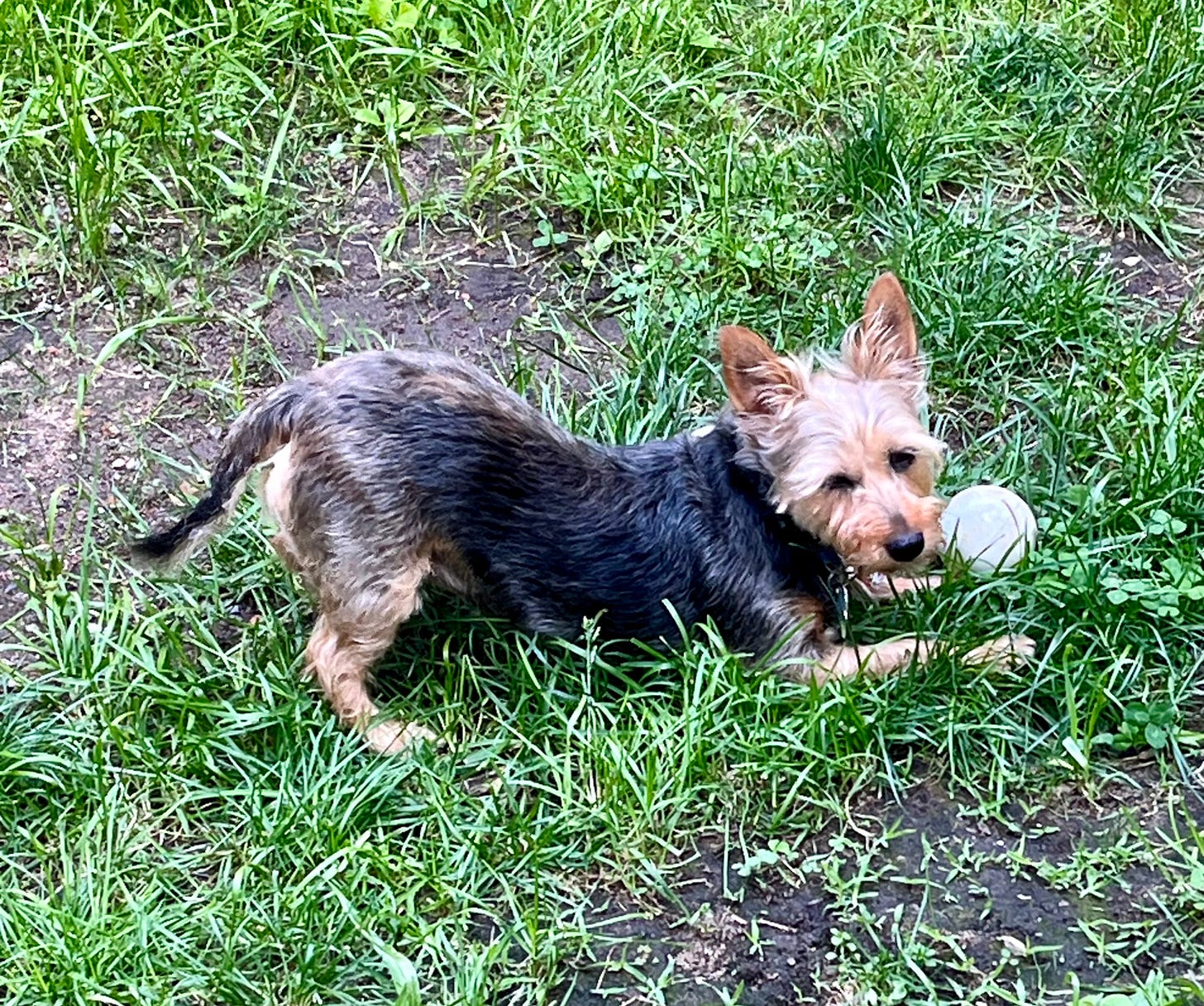No One Wants to "Get Started"
My unified theory of calls to action
Here’s another fun fact from the years I worked at a marketing agency specializing in language testing: The most important text in an entire promotional email is what’s on the button. That often goes for webpages, too.
In marketing lingo, we call this text a Call To Action or CTA. They’re super important, and you can gain so much value by testing them. And yet, not nearly enough copywriters ever do, or conversely, they spend a lot of time picking out exactly the right button text and then they’re promptly overruled by a superior whose idea of a good CTA is a decade out of date.
So what makes a strong CTA, anyway? The best CTAs:
1. Describe what’s going to happen next
Looking to open a new bank account? “Open an account.” Adding something to your cart while shopping online? “Add to cart.” Ready to start your college application? “Apply now.”
CTAs like “Click here,” “Learn more” and “Get started” do none of this. If you aren’t sure what’s going to happen, you’re less likely to click. And if you do click and the button doesn’t take you where you expected, you may back out or bounce from the page entirely.
Another advantage to providing explicit CTA copy: Google uses that language to learn how your pages are related to one another and to surface the right link in search results.
2. Meet you where you are in the user journey
This is a UX (user experience) best practice. It’s why when you’re looking at flights, the buttons will say things like “Browse flights,” “Search” or “Explore options” rather than something like “Book a flight.” The user isn’t ready to book a flight yet, and this overly committal language can make them nervous.
That doesn’t mean you’re misleading users about what the final stage of the journey is. When the next click will result in booking the flight, it’s time to use a “Book” CTA. If anything, I would argue it’s less misleading to treat button text this way instead of using a CTA that sounds like it’s the end of the process when it turns out there are several more steps.
3. Sound like as little work as possible
Who wants to learn anyway? “Learn more” is just never going to sound as appealing as a chill “Review info” or “Confirm details.” It’s fine to use CTAs like “Learn more” in cases where you’re providing supplemental information on a page, but it should never be part of the primary conversion flow.
The best CTAs in this “feels easy” category are ones that start with “See” or “Click for,” which are both problematic for accessibility reasons; not all users see, and not all users click. How much you decide to care about this vs. deciding that seeing doesn’t need to be literal is up to you.
But the worst CTA in terms of sounding like too much work is undoubtedly “Get started.” You’re telling the user that there’s a bunch of things they need to do and not even sharing what they are. Why make completing the user journey feel harder than it is?
4. Use the words a user would actually say
My favorite UX writing rule is “Call things what they’re called.” If a user is looking for a way to get a coupon, you need to use “coupon” in your CTA, even if you’d prefer to say “offer.”
Remember, people don’t read whole webpages; they skim. And one of the things they skim for is CTA buttons, so they can do whatever they came to your site to do.
This principle is also my main argument against using fun CTAs like “Lay it on me, bro” rather than “Redeem coupon.” Brand voice is important, and there are plenty of places to include it, but buttons aren’t one of them. The best way to be kind to your user is to be clear.
5. Include the benefit of completing the action
It’s not always possible, but if you can put the end goal in the CTA, do. This benefit is often the noun part of the phrase: “discount” in “Get discount” or “account” in “Open account.”
People often go to websites to get specific things rather than just to accomplish tasks. Acknowledging this can help our users reach their goals more efficiently.
6. Aren’t super long
This is purely for practical reasons. From a conversion optimization standpoint, long CTAs can be quite effective: They make the button bigger, which helps it stand out.
But long CTAs can be a pain to fit into a design, and they especially pose a problem for translation. Many other languages use more characters than English to express the same idea, and since you never know when someone will be Google Translating your writing, it’s best to cap your CTAs at 2–3 words and leave space for the bot.
Now, you may be wondering after all this, what is the best CTA? Without a doubt, I can tell you from my years of testing experience, the very best Call To Action is:
“View offer.”
But what if you don’t have an offer to view? <Insert shrug emoji here>


